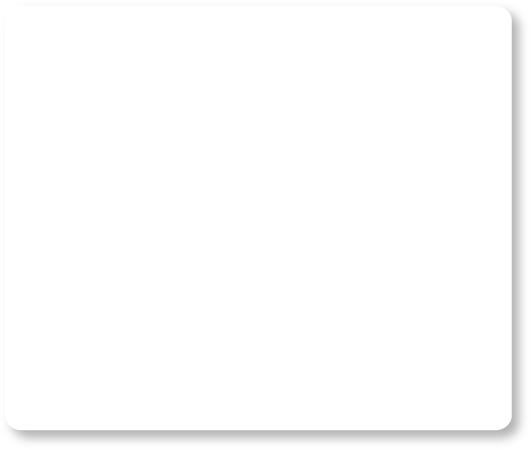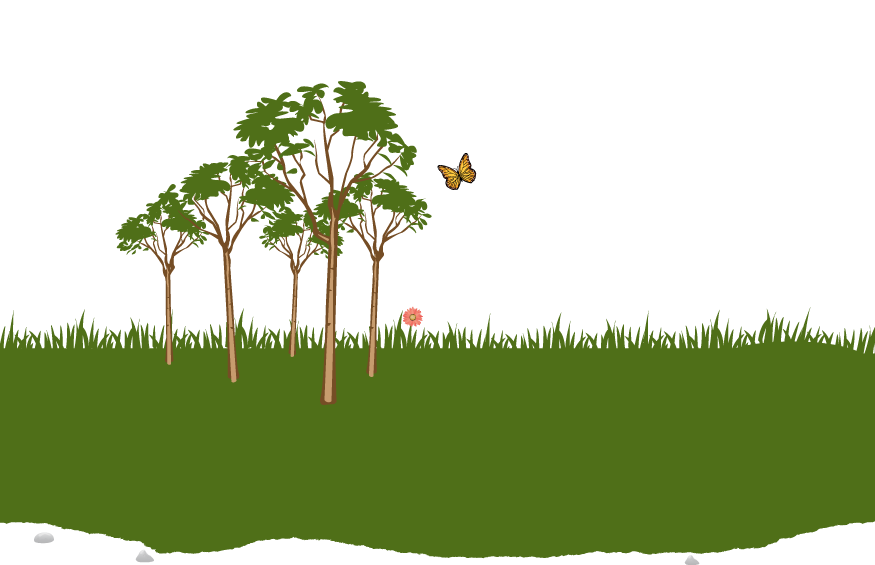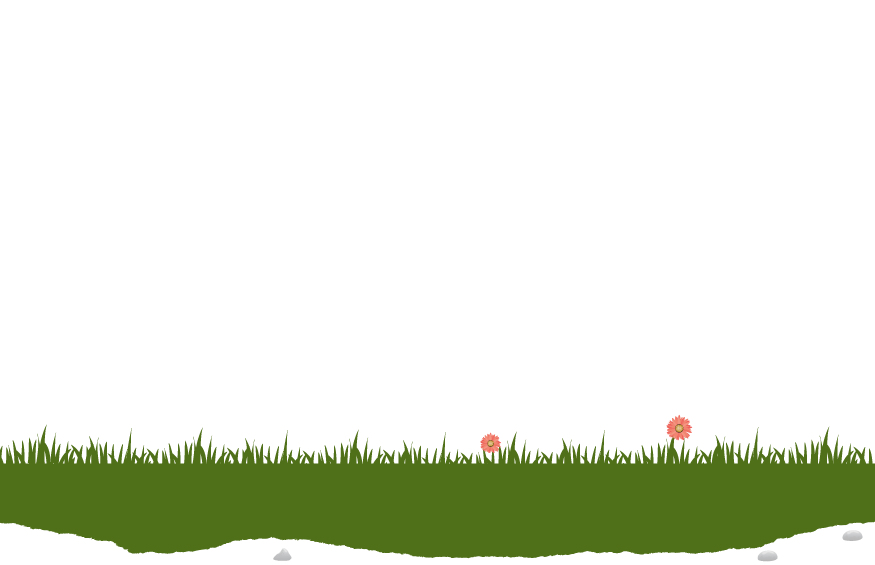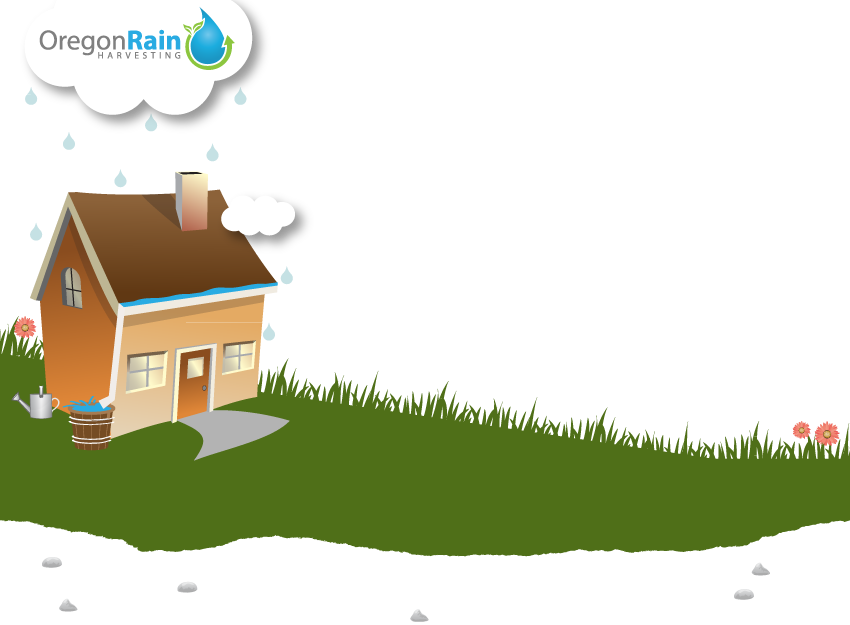
About Rain Harvesting
History
Rain Harvesting has been around since the beginning of recorded history. Rain Water Harvesting is well documented in Asia as early as the 9th or 10th century. Thailand recorded its usage of Rain Harvesting nearly 2,000 years ago. Archaeologists have even documented sophisticated Rain Harvesting and storage systems on the island of Crete while reconstructing the Palace of Knossos, originally built in 1700 B.C.
In more recent times, Rain Harvesting systems have become a viable source of residential water. Used as supplemental water source, or as a chemical free replacement to municipal water. Although 80% of the earth's surface is covered with water, only 3% of it is fresh and less than 1% is available for human consumption.
Studies show that 70% of household water consumption is for non-potable applications such as irrigation, washing vehicles, flushing toilets and clothes washing. Rain Harvesting not only reduces the demand on our municipal water supply, it also reduces the impact on out aquifers, rivers and storm water systems.
Rain water is abundant in the Northwest and harvesting it is a viable and cost effective option for pure, chemical free, unadulterated water.
return to top
Supplemental Water Systems
Supplemental Water Systems are designed to supplement your existing water source. Harvested rain water is used for specific purposes within your home. For example the water use can be isolated to only landscape irrigation or may be used for toilet flushing, washing machines etc. The cost of a supplemental system can be as low as $100.
return to top
Self-Sustaining Systems
Self-Sustaining Systems are designed to be your only source of water within your home. This will requires a large cistern that may be placed under or above ground and is typically in excess of 20,000 gallons. Purification of rain water is critical in a sustaining system. Water purification is achieved with multi-stage filtration and ultraviolet light. Once properly purified, water in a sustaining system is safe to drink, without all the chemicals used in municipal water systems. Your local building code may not allow rain water for consumption. Oregon Rain Harvesting will work with your municipality for a variance if necessary.
return to top
History
Rain Harvesting has been around since the beginning of recorded history. Rain Water Harvesting is well documented in Asia as early as the 9th or 10th century. Thailand recorded its usage of Rain Harvesting nearly 2,000 years ago. Archaeologists have even documented sophisticated Rain Harvesting and storage systems on the island of Crete while reconstructing the Palace of Knossos, originally built in 1700 B.C.
In more recent times, Rain Harvesting systems have become a viable source of residential water. Used as supplemental water source, or as a chemical free replacement to municipal water. Although 80% of the earth's surface is covered with water, only 3% of it is fresh and less than 1% is available for human consumption.
Studies show that 70% of household water consumption is for non-potable applications such as irrigation, washing vehicles, flushing toilets and clothes washing. Rain Harvesting not only reduces the demand on our municipal water supply, it also reduces the impact on out aquifers, rivers and storm water systems.
Rain water is abundant in the Northwest and harvesting it is a viable and cost effective option for pure, chemical free, unadulterated water.
return to top
Supplemental Water Systems
Supplemental Water Systems are designed to supplement your existing water source. Harvested rain water is used for specific purposes within your home. For example the water use can be isolated to only landscape irrigation or may be used for toilet flushing, washing machines etc. The cost of a supplemental system can be as low as $100.
return to top
Self-Sustaining Systems
Self-Sustaining Systems are designed to be your only source of water within your home. This will requires a large cistern that may be placed under or above ground and is typically in excess of 20,000 gallons. Purification of rain water is critical in a sustaining system. Water purification is achieved with multi-stage filtration and ultraviolet light. Once properly purified, water in a sustaining system is safe to drink, without all the chemicals used in municipal water systems. Your local building code may not allow rain water for consumption. Oregon Rain Harvesting will work with your municipality for a variance if necessary.
return to top



